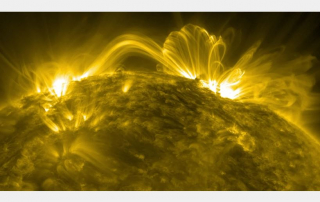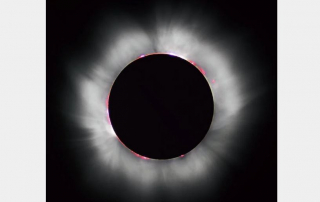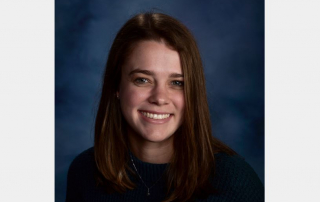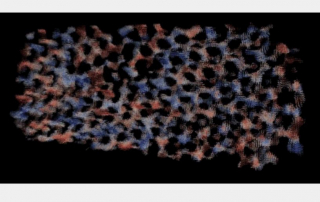How hundreds of college students are helping solve a centuries-old mystery about the sun
Astronomers-in-training spent thousands of hours peering at tiny solar flares that space telescopes missed. A team of more than 1,000 astronomers and college students just took a step closer to solving one of the long-lasting mysteries of astronomy: Why is the sun’s outer layer, known as the corona, so ridiculously hot? The solar surface is 10,000°F, but a thousand miles up, the sun’s corona flares hundreds of times hotter. It’s like walking across the room to escape an overzealous space heater, but you feel warmer far away from the source instead of cooler, totally contrary to expectations.



